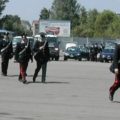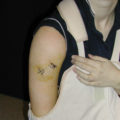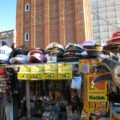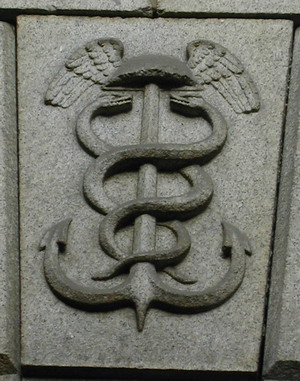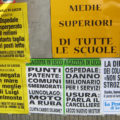My friend and Woodstock classmate Yuti Bhatt responds to the articles on sports fans:
The section on Sports Fanatics is interesting in light of the fact that more than a billion people at this very moment are engrossed in a series of games being played over a period of 43 days in South Africa.
I am talking about the Cricket World Cup. Cricket is played by a handful of countries, yet the World Cup 2003 has the largest number of spectators (both on and off the field) of any sporting event ever, barring the FIFA [Soccer] World Cup. Even more than the Olympics. I am sure you have experienced the passion and fanaticism that cricket evokes in India, and even at Woodstock, dorm staff are being lenient about lights-out, so that the kids can watch the late-night games.
An average-sized stadium in India holds up to 40,000 spectators, and at Eden Gardens in Calcutta, cricketers play to crowds numbering 120,000 (not counting those perched on surrounding tree-tops and buildings). In spite of these numbers, spectator violence in cricket is rare. In “white” countries, one section of the stadium has no stands or seats. In its stead is a patch of green, where families can lay out their mats and picnic baskets, drink beer, watch the game, and even have a nap in the afternoon. So what if the game being played is between West Indies and Sri Lanka. Your neighbour could be an Aussie or a Kiwi whose favourite batsman is Sachin Tendulkar [an Indian cricket star]. Often described as “the game of glorious uncertainties” and mirroring “life itself”, about one-fifth of the world is right now looking forward to 23rd March when the Finals take place. Yesterday, there was a minor revolt in a prison here, because the prisoners wanted a TV to watch the games. Happily for India, we are on a roll, and have secured our slot in the Semi-Finals. The most likely scenario will be an India-Australia Final.
I responded to Yuti: “I thought I read something while I was in Delhi about fan unruliness at cricket, something about throwing water bottles onto the pitch?”
Yuti answered: “Yes, there have been incidents of fans throwing stuff, not on the pitch, but on fielders near the boundaries. It happened in India last year and also in Australia. A star player usually asks the crowd to behave, and that often does the trick. But in the 1996 World Cup, a match was awarded to Sri Lanka purely because of the Calcutta crowd’s misbehaviour. We were losing and they just couldn’t stomach that. The umpires summarily declared Sri Lanka the winners. The International Cricket Council can even ban a venue for a few years if its spectators make a habit of misbehaving. So far as I know, that hasn’t happened yet.”



